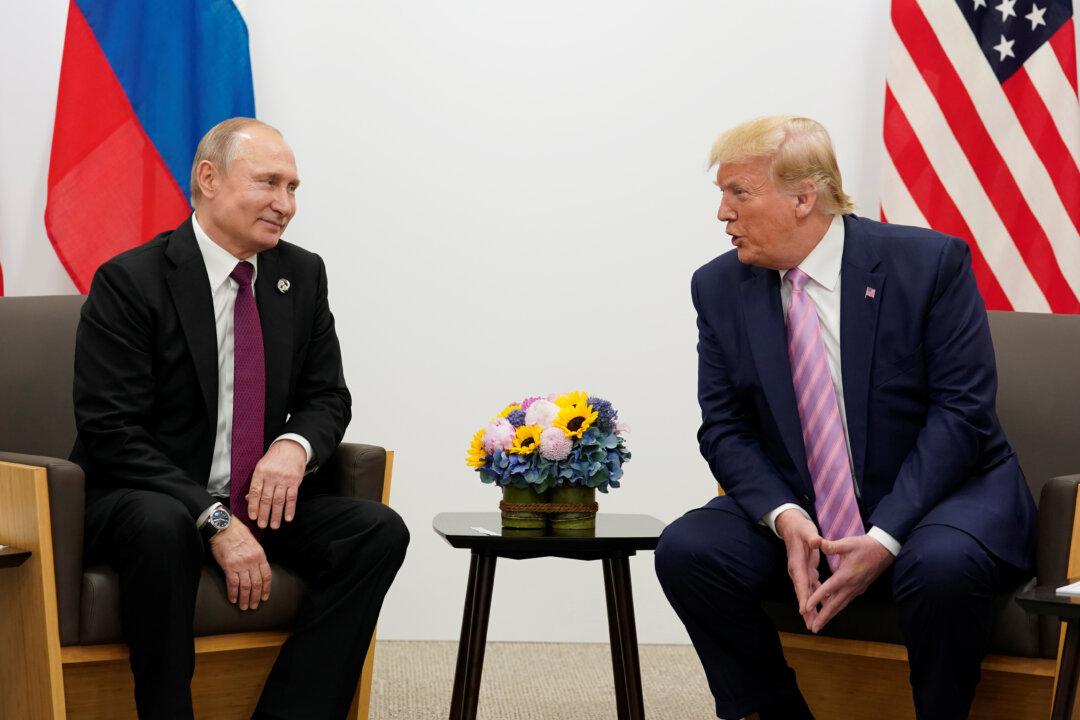A Short-Term Liquidity Crunch or is it Long Term?
The simplified explanation of the “repo liquidity crunch” is that banks with a surplus of cash and reserves prefer holding onto their savings rather than lend it to other banks for a very high interest rate, and against highly secure collateral. This cash-holding sentiment is driven in part by regulation and voluntary banking agreements that require large banks to have 30 days of cash on hand to weather liquidity storms and other potential crises.This liquidity coverage ratio (LCR) is intended to strengthen banks’ ability to continue operations in the event of a liquidity crisis or other financial shocks. Large banks’ LCR is a helpful rule for obvious reasons, but it also has harmful consequences as well.
2008 Revisited
The last time this kind of liquidity shortage happened was in 2008. Now as then, the Federal Reserve is in the middle of the equation.And, once again, the Federal Reserve will have to step in and do what the market refuses to do, and start purchasing U.S. Treasury assets to add liquidity to the system. One additional and necessary outcome of the plan, is that short term rates should be moving lower, minimizing borrowing costs for the federal government, which, in light of the new budget, is helpful.
Recall that the last time liquidity crunch hit the markets, banks were caught flat, over-levered and without adequate cash on hand. What’s more, those that had cash wouldn’t lend it out to those that needed it. It was then that the Federal Reserve then initiated its “Quantitative Easing” (QE) plan to free up the financial system by adding liquidity in order to stimulate the economy. A similar situation exists today.
How Will the Market React?
That’s exactly what the Fed has been doing since its last round of QE back in 2015. But with the federal government’s fiscal 2020 budget now in force, massive, record-setting levels of Treasury debt will be coming into the bond market very soon. The overnight liquidity problem the Fed is dealing with at the moment will be the least of its worries.The question is, “Will Powell’s statement calm the markets, or will they cause buyers to pull away from the bond market even more?”
The answer isn’t necessarily as clear cut as one would hope. It’s possible that as the Fed’s QE 2019 ramps up, it will provide a level of market stability (which it is supposed to do), that will stabilize the bond market and buyers’ demand for U.S. securities.
When Does QE End?
But the endgame of the new QE period is unknown. In fact, given that the U.S. economy is at full employment and stock markets are hovering around record levels, it may only be possible to stimulate economic activity at the margins. If that’s the case, wage rates would likely have to spike for economic activity to increase significantly.Pushing Retirees into Higher Risk
And on the investor level, low, near-zero interest rates could become the normal return on fixed assets for the foreseeable future. That could put the millions of Americans who rely on bond portfolios and other fixed instruments for retirement income under financial duress. They will likely be forced into purchasing higher risk investments in their search for yield.Such a move could drive equity prices higher than values warrant, turning the equity market even more overvalued than it currently is.
Yes, the new QE might provide a short-term fix, but can’t solve the long-term problems of the financial system.





